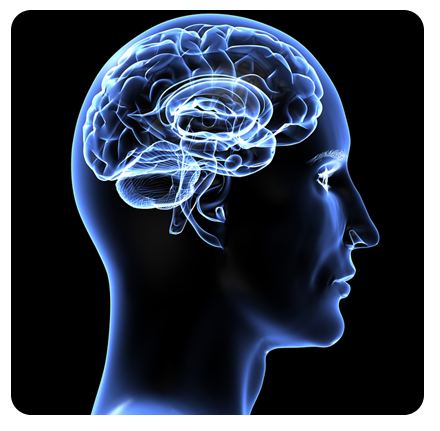
Neurofeedback is a therapeutic process that can work much faster than traditional therapy. The technique is non-invasive and has been shown effective in numerous research studies. In a study by Peniston and Kukesky (1990) one group of recovering alcoholics was treated with traditional therapy. After four years, 20% of the treatment group remained sober. The second group received neurofeedback and had an 80% sobriety rate after four years. Depression rates in the neurofeedback group were also significantly reduced.
Neurofeedback involves mapping the brain in much the same way that an EEG is done. A computer program then determines where the brain waves are either above or below normal. The brain is then retrained using computer programs that monitor and modify brain wave patterns, making the brain more efficient.
This approach is particularly useful for the following conditions.
Anxiety: Often caused by excessive fast beta waves in the occipital or central part of the brain or by excessive slow wave activity in the left frontal lobe.
Depression: Often caused by excessive slow wave activity in the left frontal lobe.
Panic Disorder: Often caused by excessive fast beta waves in the right frontal lobe.
ADD: Often caused by excessive slow wave activity in the frontal lobe of the brain.
Neurofeedback can result in significant or even profound changes in anxiety, mood or concentration. These positive changes are permanent after a sufficient number of sessions.



